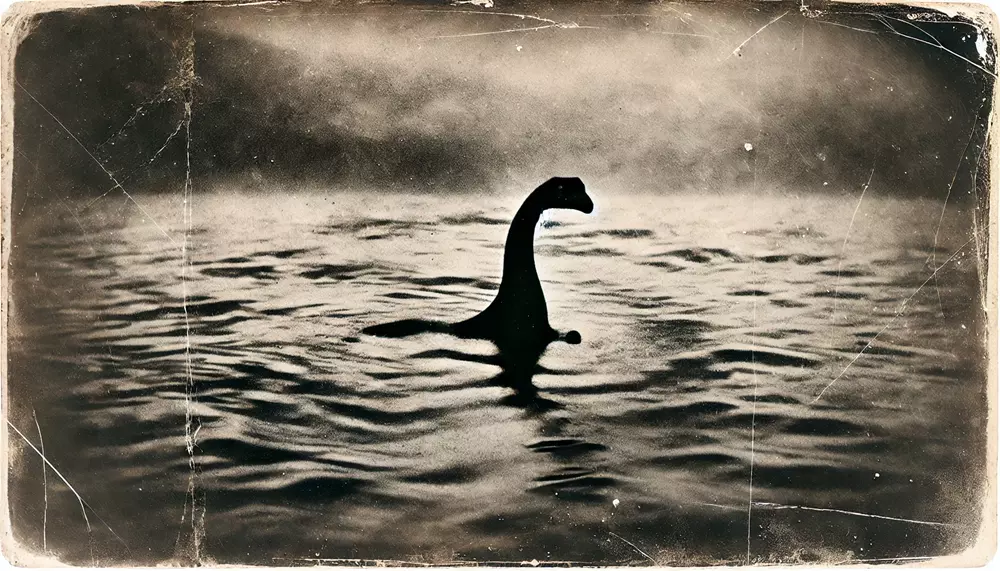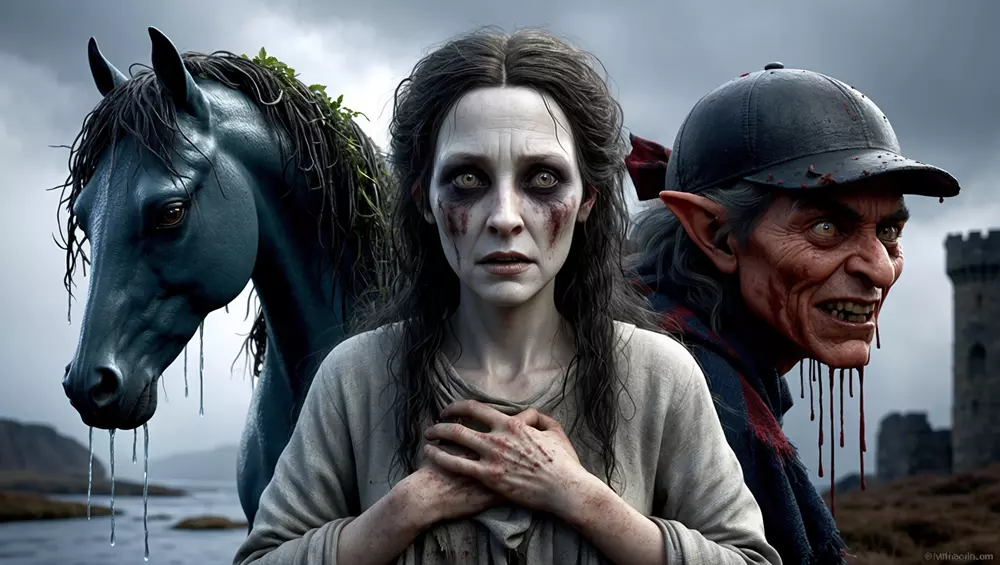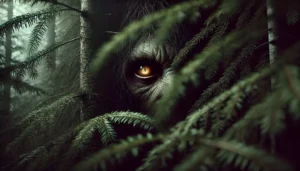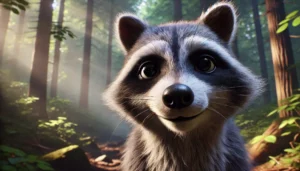Scottish Mythology is deeply woven into its landscape, shaped by rugged highlands, mysterious lochs, and windswept islands. The tales of Scotland’s mythological beings, from ancient Pictish deities to modern folklore, offer a lens through which we can understand the nation’s cultural evolution. This journey delves into Scotland’s mythological tapestry, beginning with ancient creatures and legends, moving through medieval tales, and exploring the modern-day interpretations and impact of these myths.

Ancient Myths and Beasts
Scotland’s early mythology reflects the influences of the Celts and the Picts, two civilizations with rich storytelling traditions. The Picts, who inhabited Scotland until around the 10th century, left behind enigmatic stone carvings that many believe represent their gods and mythological creatures. The symbol stones found across Scotland display beasts, animals, and intricate patterns that scholars have struggled to interpret fully. Among these is the “Beast of Brodie,” often associated with the kelpie or water-horse, a creature thought to embody the powerful and unpredictable nature of Scotland’s lochs. According to legend, this beast could transform and lure unsuspecting victims into the water—a theme echoed in later Scottish myths.
“The holy man raised his hand and called upon the beast to halt, for its terror was not meant for men of God.” (Vita Columbae by Adomnán, c. 700 AD).
The arrival of the Celts around 1200 BCE brought new layers to Scottish mythology. Celtic deities like Cailleach Bheur, the winter goddess, personify nature’s harshness and transformation. Cailleach is described in medieval texts as an old woman who carries stones and controls winter weather. The Scottish poet Alexander Carmichael records her influence in the Carmina Gadelica, a collection of Gaelic folk prayers: “The Cailleach sleeps beneath Ben Nevis, but when winter awakens, so does she.” This quote captures the enduring role of Cailleach as a symbol of Scotland’s untamed natural forces.
Medieval Legends and Heroic Tales
The medieval period saw Scotland’s myths expand, influenced by Norse sagas, Christian texts, and Scottish bardic tradition. One of the most iconic Scottish myths is that of the selkie, a seal-like creature capable of shedding its skin to become human. Stories of selkies emerged primarily in the Orkney and Shetland islands, reflecting the Norse cultural impact. The selkie’s myth encapsulates themes of loss, love, and exile, resonant across Scottish folklore.

In “The Grey Selkie of Suleskerry,” a ballad from the Orkney Islands, a selkie father mourns his separation from his human family. This ballad, preserved in Sir Walter Scott’s Minstrelsy of the Scottish Border, describes the creature’s longing
“I am a man upon the land; I am a selkie in the sea. And when I’m far and far from land, my dwelling is in Sule Skerry.”
The selkie myth has endured, with each generation adding new layers of meaning that emphasize the interconnection between humans and nature.
The Influence of Christianity and Syncretism
With the spread of Christianity in the early medieval period, many traditional Scottish myths were either transformed or subsumed within Christian teachings. St. Columba, a Christian missionary in the 6th century, reportedly encountered a “water beast” in Loch Ness, now famously associated with the Loch Ness Monster. According to the Vita Columbae, written by Adomnán, St. Columba repelled the creature with a prayer, symbolizing Christianity’s conquest over pagan beliefs. This account is one of the earliest recorded mentions of a mythological water creature in Scotland, linking ancient lore with Christian symbolism.

During this period, figures like the Cailleach were reinterpreted within a Christian framework, becoming moral symbols rather than deities. As Scottish folklore adapted to the new religious landscape, Cailleach Bheur’s winter powers came to represent not just natural cycles but also the moral lessons of endurance and resilience.
Renaissance and Enlightenment: Rationalization of Myth
The Renaissance and Enlightenment brought an era of questioning and skepticism to Scottish folklore. Mythological creatures were increasingly viewed through a rational lens. Many scholars and historians sought to explain away supernatural accounts with natural or psychological explanations. For instance, the kelpie, widely feared as a predatory water spirit, began to be seen as a cautionary tale to prevent children from venturing too close to dangerous water bodies.
Scottish poet James Macpherson famously brought the legendary figure Ossian into the literary world in the 18th century, purportedly translating ancient Gaelic poems. His works were widely celebrated, though later critics questioned their authenticity. Nonetheless, Ossian became a symbol of Scotland’s mythic past, celebrated by figures such as Napoleon Bonaparte and influencing European Romanticism.
The Modern Era: Enduring Legends and Pop Culture Revivals
Today, Scottish myths have become an integral part of global pop culture, yet they retain their regional essence. The Loch Ness Monster, affectionately called “Nessie,” stands as a modern symbol of mystery and tourism, with countless reported sightings and scientific expeditions attempting to validate or debunk the myth. Modern interpretations of Nessie vary widely, from the possibility of a plesiosaur surviving in the loch to an embodiment of Scotland’s enduring mystery.

Selkies have also found their way into contemporary culture, particularly in literature and film. Stories like The Secret of Roan Inish and Neil Jordan’s film Ondine depict the selkie as a poignant, tragic figure, often used as a metaphor for themes of migration, alienation, and identity. These modern adaptations of selkie lore draw from traditional motifs but reframe them to address current social issues, showing the adaptability and resilience of Scottish myth.
The Cailleach Bheur, too, has been reinterpreted as a symbol of environmental awareness, with modern eco-poetry and art reclaiming her as a guardian of Scotland’s natural landscape. In Scottish artist Alan Lee’s interpretation, the Cailleach is portrayed as a figure of both beauty and destruction, representing humanity’s fraught relationship with nature.
Cultural Impact and Symbolism
Scottish myths have had a lasting influence on cultural traditions, symbols, and national identity. The unicorn, Scotland’s national animal, is rooted in Celtic symbolism, representing purity and strength. This creature appears in medieval Scottish coats of arms, often portrayed in chains, reflecting a complex symbolism of untamed beauty constrained by state authority.
Celebrations such as the Beltane Fire Festival in Edinburgh draw from ancient Celtic rituals, celebrating the cycle of life and death symbolized by Cailleach Bheur’s transition from winter to spring. In this festival, performers often embody mythological beings, such as the Green Man and the May Queen, bridging the ancient past with modern celebration. Beltane is a testament to Scotland’s commitment to keeping its mythological heritage alive.
The enduring symbolism of these creatures has also influenced Scotland’s literary and artistic traditions. Authors like Robert Louis Stevenson and Neil Gaiman have woven Scottish folklore into their works, ensuring that these ancient tales continue to captivate new audiences. As Stevenson wrote in Kidnapped, “It is upon the faith of tales like these that nations grow old and keep their wisdom.” This line encapsulates the importance of myth in preserving cultural wisdom and continuity.
Scientific and Rational Explanations
While myths persist, scientific explanations have challenged their literal interpretations. For instance, the kelpie has been explained as a misinterpretation of the behavior of natural wildlife, such as otters or seals. Similarly, the Loch Ness Monster sightings have been attributed to floating logs, wave patterns, or even hoaxes. Historian Richard Frere, in his analysis of Nessie sightings, argues that the myth persists due to its emotional appeal, which transcends scientific explanation: “Nessie is not just a creature; she is a guardian of the unknown” (Frere, Loch Ness: A Century of Sightings).

Conclusion
From ancient Pictish carvings to modern-day festivals and media portrayals, Scottish mythology represents a continuum of cultural expression, blending folklore, history, and imagination. Each era has added its interpretation, shaping myths to reflect contemporary values and challenges. Whether through the legends of selkies, the reverence for Cailleach Bheur, or the mystery surrounding Nessie, Scotland’s mythological heritage serves as a mirror to its natural landscape and national spirit. These legends, continually retold, reveal Scotland’s resilience and adaptability, testifying to the nation’s deep-rooted sense of identity and connection to its mythological past.






